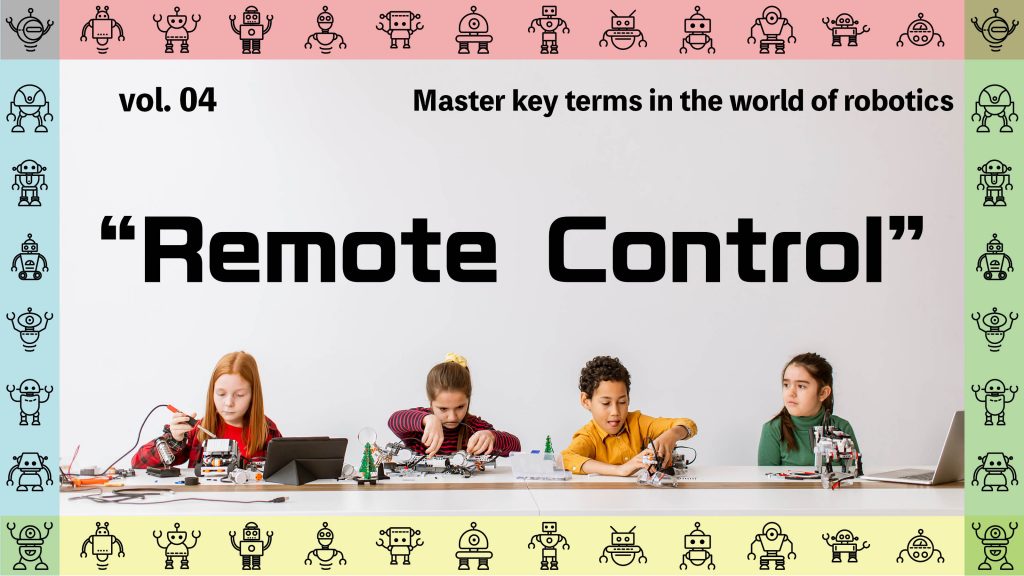
- News
- Basics
- Products
- JP Job shop
- Exhibition
- Interview
- Statistic
- PR
- Download
- Special contents
Basics
September 13, 2024

We hear this word a lot these days on the topic of industrial robots, but it’s hard to answer with confidence when asked, “What does it mean?”. Do you have such words?
In our latest column, “Master Key Terms in the World of Robotics,” we introduce such key words and new terms in the industrial robotics industry. This time, we focus on “remote control,” a key element in the widespread adoption of robotics.
Remote control refers to controlling a robot from a location far from where the robot is physically located. The operator, who is not present at the robot’s physical location, directs the robot’s actions in real time using a control device. These devices vary and may include joysticks, video game controllers, tablets, or other interfaces.
A specific type of remote control, where the operator’s movements are exactly replicated by the robot, is known as a “master-slave” system. However, due to concerns about the implications of the terms “master” and “slave,” various alternative terms for master-slave have been proposed in recent years, such as “leader-follower,” “controller-worker,” or other appropriate terms depending on the context.
The practical application of remote control has been gradually increasing, largely thanks to advancements in communication technology. Wired connections may be sufficient for short distances, but wireless technology is usually used to control robots from a home or office to a factory. The introduction of the 5th generation mobile network system (5G) in 2020, along with local 5G networks, has significantly improved communication speeds, minimizing delays and making seamless remote operation more feasible.
Remotely operated robots are particularly valuable in situations involving what are known in Japan as “3K” tasks-dangerous, dirty, or demanding jobs-or when operators are not close to the work site. Examples include tasks performed at heights, in high-temperature environments, or handling heavy or hazardous materials. Remotely operated robots are also used to access buildings damaged by earthquakes and to allow a doctor to perform surgery from a distance.
While automating 3K tasks isn’t the only goal, the significant value of remote control lies in freeing workers from these challenging conditions. As remote control technology continues to advance, the range of situations where robots can be effectively deployed will continue to expand.
Kawasaki Heavy Industries’ “Successor-G” remote-controlled robot system reduces the workload of grinding operations.
March 29, 2024
November 10, 2023